Reclaiming a piece of history
Updated: 2014-10-31 12:51
By Chris Davis(China Daily USA)
|
||||||||
|
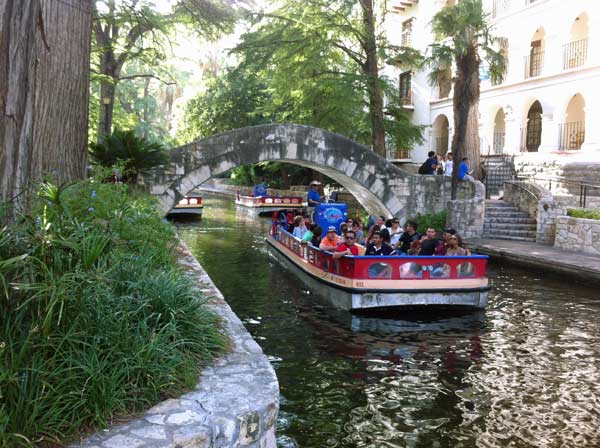 The San Antonio River Walk impressed the mayor of Yangzhou so much that he wanted a neglected waterway and neighborhood in his city to undergo a similar transformation. Provided to China Daily |
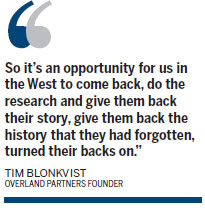 |
The beautiful ancient city of Yangzhou has a glorious and glamorous past, but the storied heart of it has fallen to neglect. The mayor asked a team from Texas to help to turn it around, Chris Davis reports from New York.
Architecture projects in China that tend to steal the spotlight are usually big and flashy, like the Guangdong Museum in Guangzhou or the Bird's Nest in Beijing.
It's rare that Western architects tackle a complex urban design problem in China. Now Overland Partners, an architectural and planning firm based in San Antonio, Texas, which has been given that chance several times in China, is at it again. This time in Yangzhou, the ancient city at the juncture of the 1,100-mile-long Grand Canal and the Yangtze River.
The city began around the 6th Century as a small square surrounded by a wall, defended and nourished by canals, moats and rivers used for trade, transportation, flood control and irrigation.
As Yangzhou expanded over the centuries, a 1.25-mile-long stretch of the original moat fell to neglect. Sewer pipes ran through it. Houses and commercial buildings backed up to it and even into it, cutting off pedestrian access to the banks. People who used to wash their clothes in it, fish and paddle, lost access. Everyone, including the government, stopped paying attention.
Until Yangzhou Mayor Zhu Mingyang visited San Antonio about a year ago with a delegation to see its famed river walk and fell in love with it.
It is pedestrian friendly, no cars or bikes, just shops, hotels, shaded outdoor cafes and passenger river barges plying to and fro. The scale of it - the narrow width of the river, the closeness of one bank to the other, allowing people to see each other across the span - impressed Zhu .
Because of his company's years of being involved with the river walk, Overland Partners founder Tim Blonkvist was invited to a dinner for Zhu on a riverboat. He showed him pictures on his iPhone of some of the other river-walk projects his firm was doing in China, Nanjing, in particular, whose mayor Zhu happened to know personally.
Blonkvist said Zhu became very excited. "Can we come to your office tomorrow? I know it's Saturday, but I really want to come and talk more seriously,'" Blonkvist quoted Zhu as saying.
The mayor arrived the next day with his heads of planning, economic development and cultural affairs. They talked about river walks, not just in China, but across the globe - Venice, Chicago, Amsterdam - all of which Overland had studied extensively.
Zhu invited Overland to Yangzhou the following week to take a look at the waterway, now called the Minor Qinhuai River, which, with its 58-acre neighborhood along both banks, was almost identical in scale to San Antonio's river walk. The question was, could it be made as charming the Texas tourist magnet?
A delegation from Overland went to Yangzhou.
"When we walked it, we could understand the mayor's concern," said Jim Andrews, a principal at Overland. The so-called river "had really just become an infrastructural easement for storm water and sewage. The buildings were dilapidated, with a predominant population of aging people in very rudimentary accommodations. It was the poorest district of the city, and yet it was a stone's throw away from Slender West Lake, the city's jewel, the "equivalent of New York City's Central Park", which had just been declared a World Heritage Site.
"This was perhaps the most complex challenge we'd faced in China," he said. The site had become disconnected from the city. The river walk itself was in disrepair and didn't really connect to anything. There was no reason to be on the river at all. It was forgotten.
Overland's first step was to "listen to the landscape", dig deep into research about the city. Overland's research was also aided by maps of the city, some dating back 500 years.
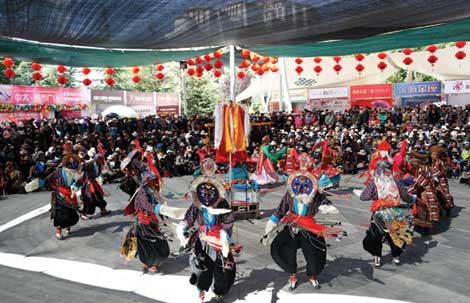
 Tibetan culture to display splendor in Canada
Tibetan culture to display splendor in Canada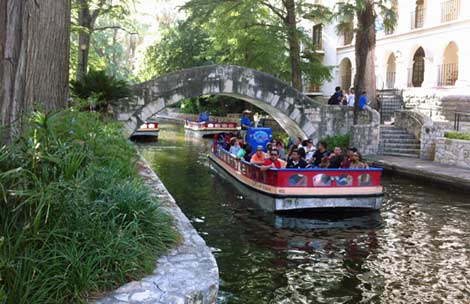
 Reclaiming a piece of history
Reclaiming a piece of history
 Across Americas over the week (Oct 24-30)
Across Americas over the week (Oct 24-30)
 Halloween haunts China as popularity grows
Halloween haunts China as popularity grows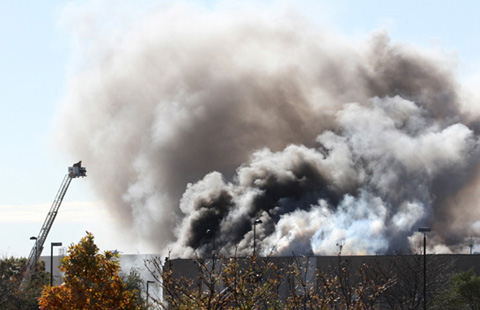
 At least 4 killed in small plane crash in Kansas
At least 4 killed in small plane crash in Kansas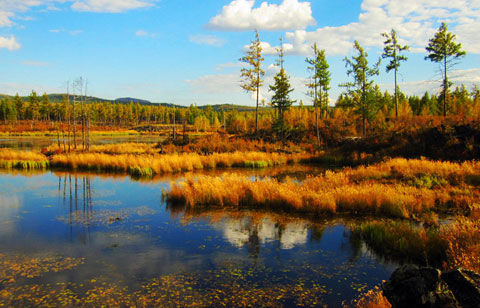
 Road trip to Arxan National Forest Park
Road trip to Arxan National Forest Park
 Top 10 richest Chinese in 2014
Top 10 richest Chinese in 2014
 China to join pro football wars
China to join pro football wars
Most Viewed
Editor's Picks

|

|

|

|

|

|
Today's Top News
Space tourism set back by accident
Chinese Internet companies find Brazil attractive
US spaceship test flight failure kills at least one
Breast cancer a factor in Shanghai's low birth rate: doctor
The rise of intolerance
Olympics bid fuels drive for clean air
Lenovo buys Motorola Mobility
China rail reps visit California
US Weekly

|

|







